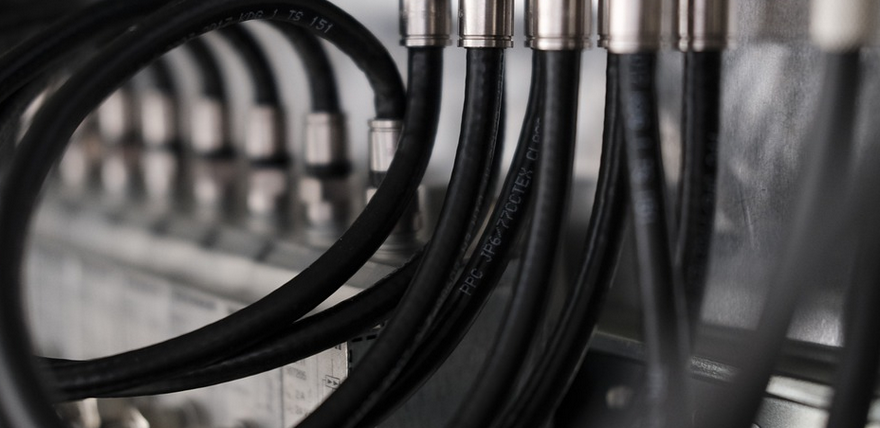What is a Transmission Oil Pump?
Imagine your transmission as a complex dance floor, with gears and components moving in perfect harmony to transmit power from your engine to the wheels. The transmission oil pump plays a crucial role – it’s the conductor of this dance. It’s responsible for continuously circulating vital transmission fluid through the entire system, providing lubrication, cooling, and protecting every gear, bearing, and valve.
This essential component is what keeps your automatic transmission healthy and efficient. Without proper oil flow, wear and tear will accelerate, leading to premature failure, frustrating malfunctions, and potentially significant repair costs.
Why Should I Care About the Transmission Oil Pump?
You might be thinking, “How much can a simple pump actually affect my driving experience?” Well, it’s more than just a simple chore; it impacts your car’s performance in countless ways.
Here are some key reasons why the transmission oil pump is so crucial:
* **Lubrication:** The oil pump delivers transmission fluid to every gear, bearing, and valve within your transmission. This fluid forms a protective barrier against friction between moving parts, preventing wear and tear.
Think of it as applying oil to the gears before they even start spinning. Without this lubrication, you’d be asking your car’s components to tango on metal-on-metal contact – not exactly danceable!
* **Cooling:** The transmission fluid absorbs heat generated during operation. The pump facilitates a continuous flow of this fluid, which helps regulate the transmission’s temperature and prevents overheating.
Imagine driving uphill or in heavy traffic—your transmission is working hard, especially when it comes to cooling down. This constant circulation ensures optimal performance and lifespan for your transmission components.
* **Protection:** Transmission oil also acts as a protective shield against contaminants like dust, dirt, and debris that can accumulate within the gearbox. This protection extends the life of your transmission system by preventing damage from harmful particles.
It’s like putting your car’s gears through a meticulous cleaning routine – the oil pump ensures they stay free of grime and foreign objects that could disrupt their smooth operation.
* **Shifting:** When you press the gas pedal, the transmission needs to shift smoothly between gears. The oil pump plays a vital role in this process by delivering oil to the clutches and bands that allow gear shifting.
Think of it as the heart of your car’s gear-shifting system. Without proper lubrication from the pump, things can get clunky, especially when going through harsh shifts.
Identifying Issues with Your Transmission Oil Pump
While a high-performance transmission oil pump might seem like a luxury item, you should pay attention to potential signs of trouble:
* **Low Fluid Level:** A sudden drop in transmission fluid level can indicate an issue with the oil pump itself or other components that control fluid flow.
* **Excessive Noise:** If you notice a noticeable whining, grinding, or clunking sound coming from your transmission, especially when accelerating or shifting gears, it could be a sign of a failing pump or related component. This is often accompanied by a loss in power and/or rough shifting behavior.
* **Rough Shifting:** Any signs of delay, hesitation, or jerky gear changes can indicate a malfunctioning oil pump or clutch problems.
* **Overheating Transmission:** If your transmission is getting excessively hot, especially during driving, it could signal an issue with the oil pump’s ability to circulate fluid effectively. This can also result in a loss of power and/or transmission failure
Maintenance for Optimal Performance
Keeping your transmission oil pump in tip-top shape involves regular maintenance that ensures its longevity and optimal performance:
* **Transmission Fluid Changes:** Just like any engine, regular fluid changes are essential. Refer to your owner’s manual for recommended replacement intervals. This keeps the system clean and lubricated for a smoother operation.
It’s also an ideal opportunity to check for leaks. A leak could indicate a problem with the pump itself or other related components. Be sure to inspect the oil pan and related components.
* **Regular Checks:** Periodically checking your transmission fluid level is crucial. It can easily be done by simply lifting the car’s undercarriage or looking at the dipstick in the transmission pan. This will help you identify any potential issues early on, even before they can escalate into major problems.
* **Professional Inspection:** While regular maintenance can go a long way in preventing issues with your transmission oil pump, it is always best to have a trusted mechanic inspect your vehicle from time to time. A professional can help you identify any potential problems early on and provide preventative measures for keeping your transmission running smoothly and safely.
The Bottom Line
Keeping your 4L60E transmission healthy and running smoothly requires a little bit of care, but it’s worth the investment. Just like taking care of your engine, you are investing in a smoother, more reliable driving experience for years to come.



